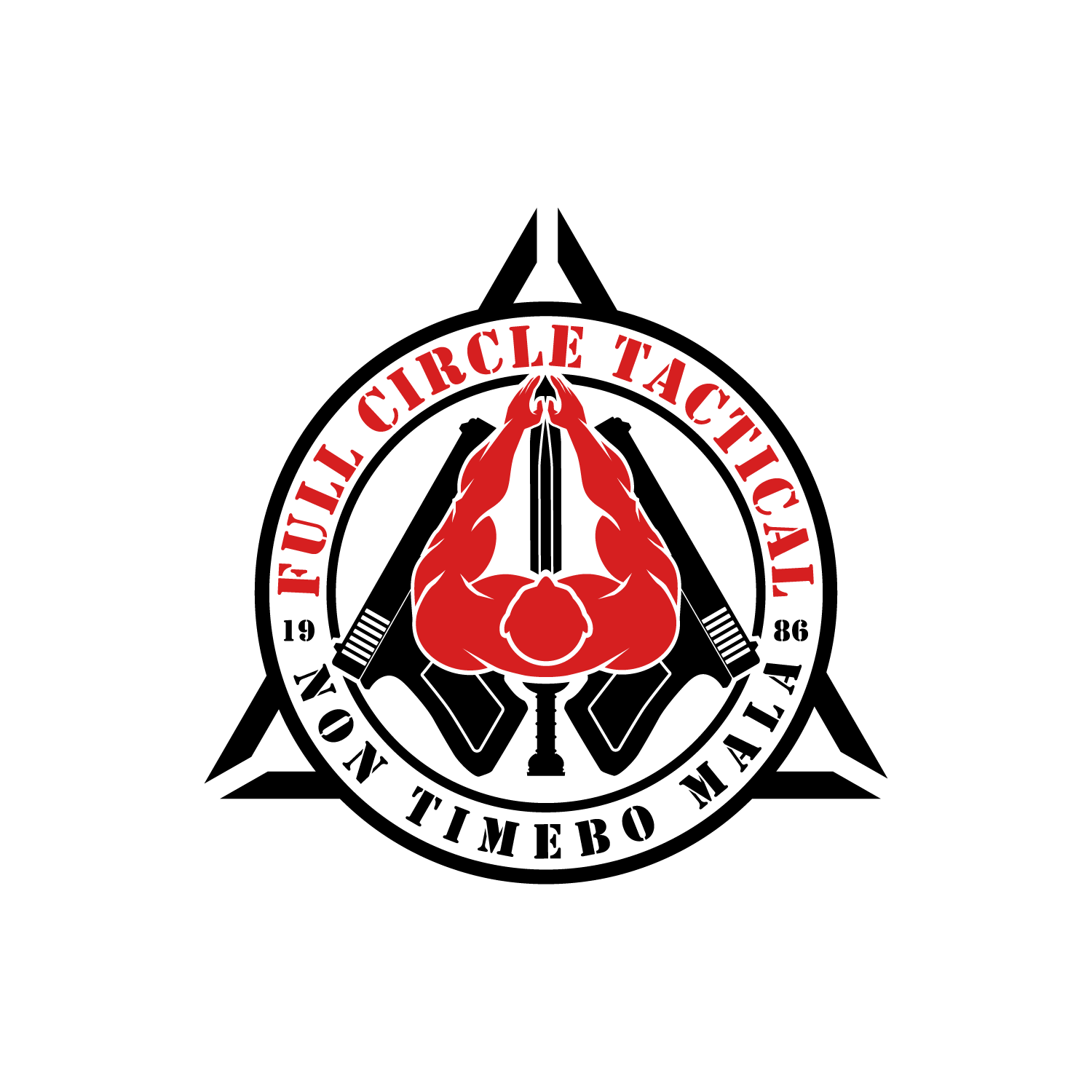Performance-based VS. Outcome-based Training
Performance-based VS. Outcome-based training.
Performance-based training and outcome-based training are two approaches that focus on achieving results in a training program. While both aim to enhance skills and knowledge, they have critical differences. Let us explore the differences between performance-based and outcome-based training and discuss the best implementation methods.
Performance-based training is a method that emphasizes the acquisition of specific skills and competencies. It focuses on improving individual or team performance by providing targeted training and practice opportunities. The main objective of performance-based training is to enhance proficiency in a particular task or job function. This approach typically involves a structured training program with hands-on exercises, simulations, and practical assessments. The emphasis is on measuring and improving performance metrics, such as accuracy, speed, and quality.
On the other hand, outcome-based training focuses on achieving predefined outcomes or objectives. It is a goal-driven approach that addresses specific business needs or organizational goals. The training program is designed to deliver particular products or results. Instead of focusing solely on individual skills, outcome-based training considers the overall impact on the organization. This approach considers both the short-term and long-term effects of training interventions.
The best way to implement performance-based or outcome-based training depends on various factors, including the nature of the training goals, the target audience, and the available resources. However, some general guidelines can help in designing an effective training program:
1. Identify clear objectives:
Clearly define the desired outcomes of the training program. Whether improving individual performance or achieving specific organizational goals, having a clear objective will guide the entire training process.
2. Assess current skills and knowledge:
Before designing the training program, assess the existing skills and knowledge of the participants. This will help in identifying the gaps and areas that need improvement.
3. Tailor the training content:
Develop training content that is relevant and specific to the identified objectives. Use a mix of instructional methods, such as lectures, hands-on exercises, case studies, and interactive discussions, to cater to different learning styles.
4. Provide continuous feedback and evaluation:
Regularly assess and provide constructive feedback to the participants throughout the training program. This will allow them to track their progress and make necessary improvements.
5. Reinforce learning through practice:
Incorporate opportunities for practice and application of learned skills. Provide simulations, real-life scenarios, or on-the-job training to reinforce the training outcomes.
6. Measure results:
Evaluate the effectiveness of the training program by measuring the desired outcomes. Use key performance indicators (KPIs) and other metrics to determine the impact of the training on individual or organizational performance.
In conclusion, both performance-based training and outcome-based training have their unique advantages. Performance-based training focuses on enhancing specific skills, while outcome-based training aims to achieve predefined outcomes. The best way to implement these approaches is by setting clear objectives, assessing current skills, tailoring the training content, providing continuous feedback, reinforcing learning through practice, and measuring the results. By considering these factors, organizations can design and implement training programs that enhance performance and achieve desired outcomes.
Coach Barbosa
If you can’t be safe, be dangerous.

